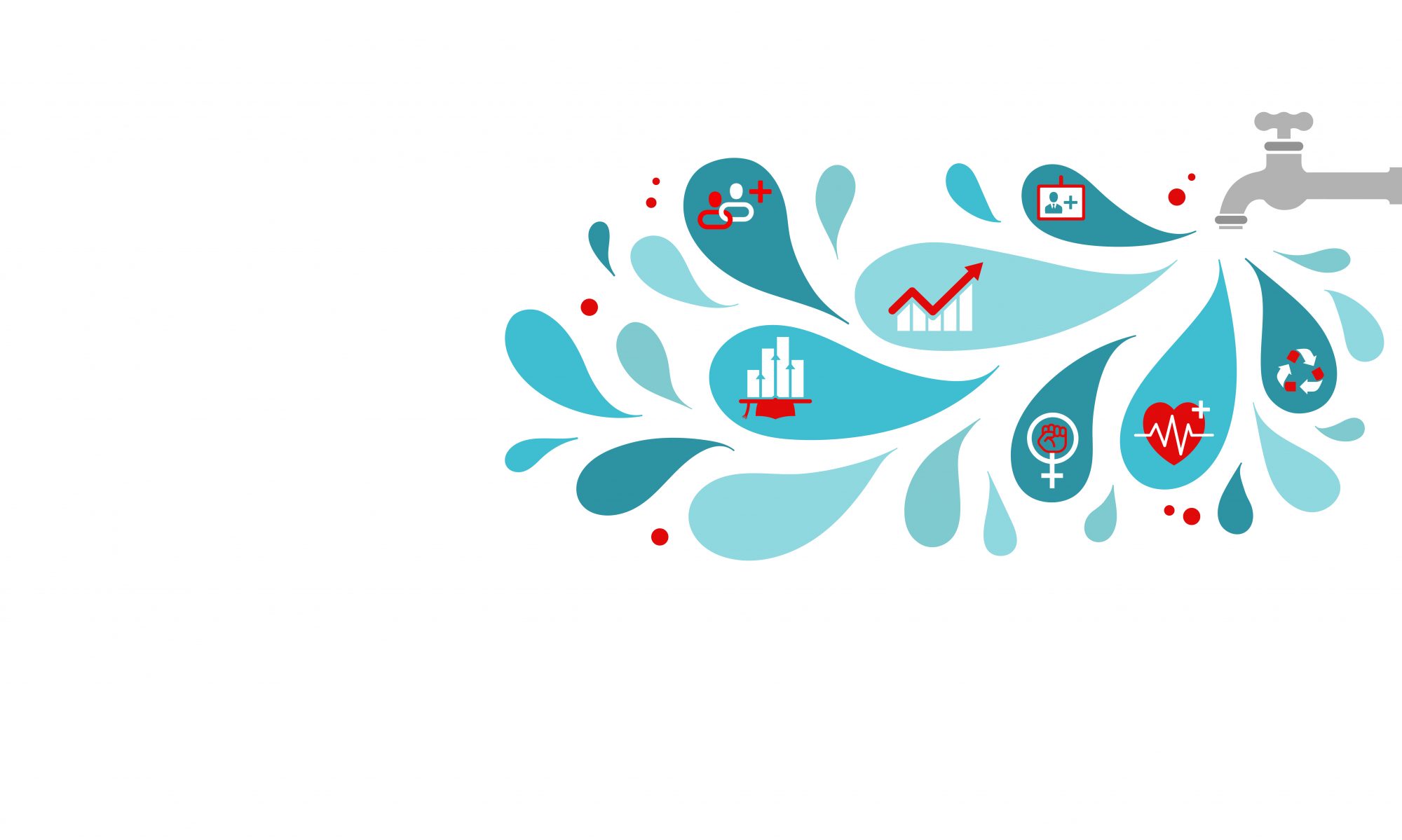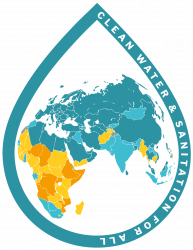Centralised wastewater systems are the most widely applied in well-developed urban environments and the oldest approach to the solution of the problems associated with wastewater. They collect wastewater in large and bulk pipeline networks (also referred to as sewerage) which then transports it at long distances to one or several treatment plants. The size of the centralised network allows for applications of different conveyance methods, in addition to the well-known gravity sewers, such as pressurised sewers and vacuum sewers. Storm water can be collected in either combined sewers or in a separate storm water drains. The latter consists of two separate pipeline systems, one for the wastewater and one for the storm water. The treated effluent is disposed in different ways, most often discharged into natural water bodies. The treated effluent may also be used for beneficial purposes and is referred to as reclaimed water [1].


The main difference between decentralised and centralised systems is in the conveyance structure. In decentralised systems, the treatment and disposal or reuse of the effluent is close to the source of generation. This results in a small conveyance network and in some cases is limited only to one pipeline in comparison to a full network for a centralised system.
These sewage systems offer users an efficient and exceedingly hygienic sanitation solution at literally the press of a button (flush). The faecal water is screened and treated away from the site before being put back into its initial or other water source. This connection of all households and buildings ,along with the treatment process connected by a sewerage system, means that the users rarely have to consider the problem of sanitation [2].
Pros
- Most Hygienic, effective and efficient way of treating wastewater
In urban areas, a centralised water treatment system can treat large volumes of water at high rates to accommodate all residential, business, and industrial uses. This approach is well developed and can effectively remove practically any range of raw water turbidity along with harmful pathogens, including bacteria, virus, and protozoa.
- Reduced costs by ‘package plants’
Treatment units are preassembled in a factory; skid mounted; transported to the site and are then ready to operate.
Cons
- Cost
Capital cost and operating and maintenance costs for a centralised system can be significant
- Significant infrastructure requirements
It consists of water source development; construction of significant infrastructures (e.g., the treatment facility, reservoir, and water distribution main) implementation of automated monitor and control systems, and on-site operators.

